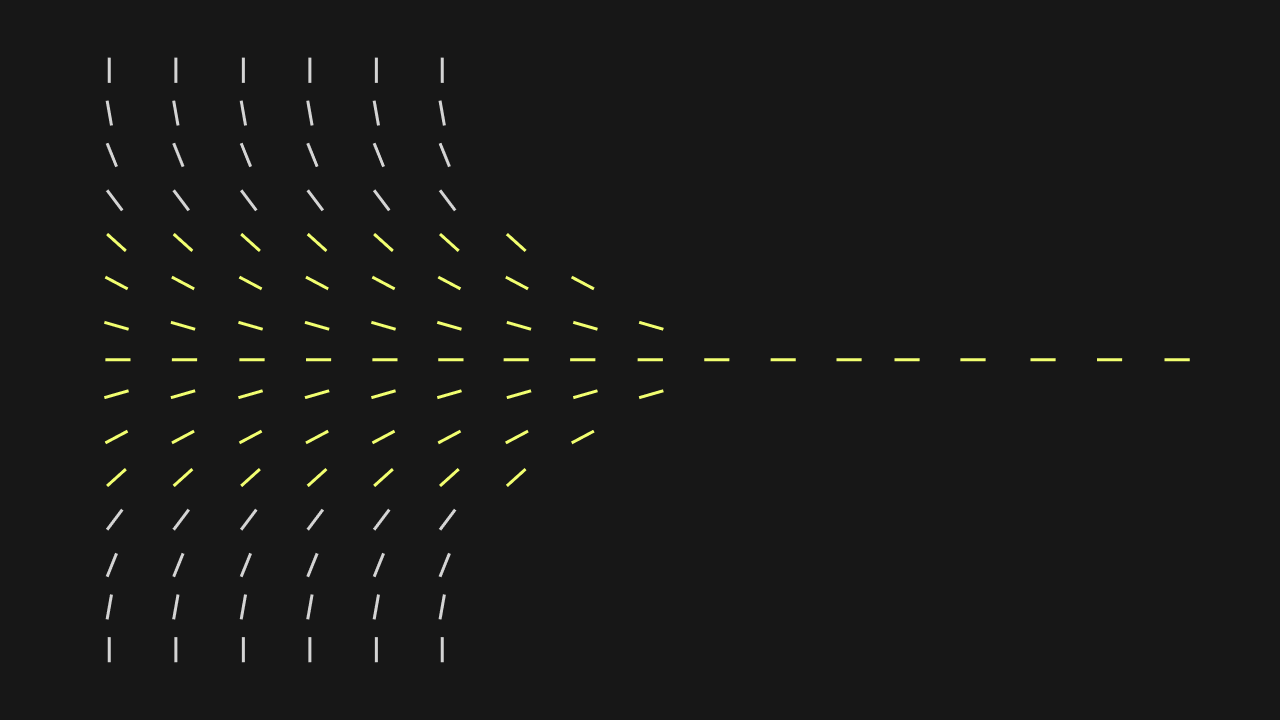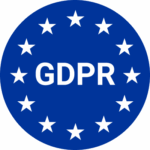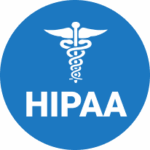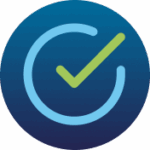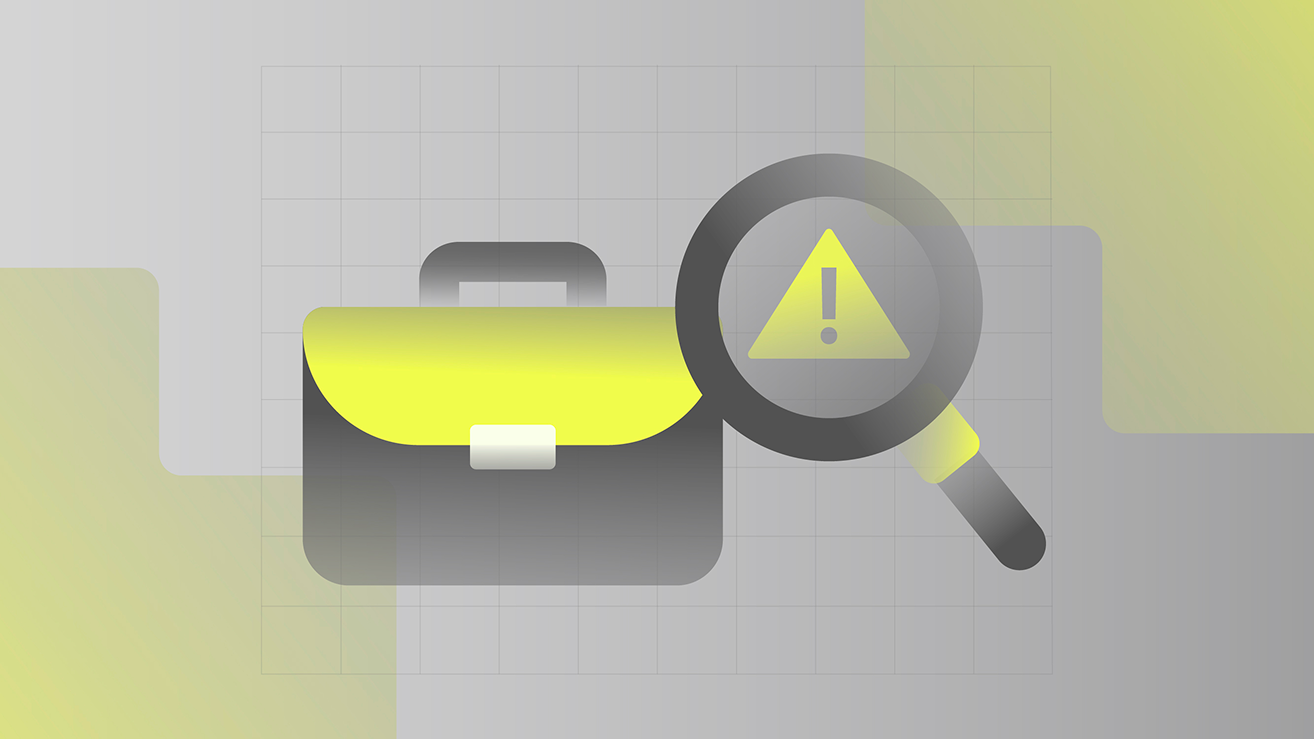
Key Takeaways
Automating the vendor risk assessment process with AI creates a continuous, proactive risk management framework that is superior to manual methods.
- What it does: AI agents can automatically collect and analyze data from various sources (questionnaires, financial reports, etc.) and flag potential risks in real-time, providing a dynamic risk score for each vendor.
- The business impact: This approach ensures that risk assessments are always current and scalable across thousands of vendors.
- The key benefit: It allows risk management teams to focus on strategic mitigation rather than data collection.
The Extended Enterprise
As is the case with any modern enterprise, the boundaries of direct control are increasingly blurred, extending into a complex web of third-party collaborations. This emergent “extended enterprise” introduces a new calculus of vulnerability, where the integrity of operations, data, and reputation hinges not only on internal fortitude but also on the strength of external partnerships. Herein lies the profound importance of Vendor Risk Assessment. It is a critical discipline, a meticulous process of systematically identifying, judiciously evaluating, and strategically mitigating the myriad risks intrinsically linked to third-party vendors and suppliers. It is the vigilant frontier, safeguarding the very continuity and reputation of a business in an era of distributed operations.
This blog aims to explore Vendor Risk Assessment, detailing its strategic imperative and the intricate processes involved in meticulously identifying, rigorously evaluating, and proactively mitigating risks associated with external collaborators. We will elucidate how the strategic leveraging of cutting-edge technology, particularly Artificial Intelligence (AI) and intelligent automation, fundamentally transforms risk assessment. This transformation manifests through enhanced accuracy, real-time visibility into complex risk postures, substantial cost reduction, and fortified compliance, all unequivocally designed to protect the very continuity of the business.
The Imperative of Third-Party Vigilance
In a landscape where supply chains stretch across continents, software components are sourced globally, and business processes are increasingly outsourced, the inherent risk profile of an organization swells commensurately with its external dependencies. This proliferation of third-party relationships underscores the undeniable imperative of proactive vendor vigilance. Without rigorous Vendor Risk Assessment, organizations are exposed to a myriad of potential vulnerabilities: data breaches stemming from a supplier’s lax security, operational disruptions due to a vendor’s financial instability, reputational damage from unethical practices within a partner’s chain, or crippling compliance failures rooted in third-party non-adherence.
The very essence of Automated Risk Management in this context is to shift from reactive firefighting to proactive, intelligent foresight. It is to understand that a vendor’s weakness can become an enterprise’s Achilles’ heel. The meticulous discipline of Vendor Risk Assessment serves as a critical bulwark, designed to illuminate these latent dangers before they materialize into costly realities. It ensures that every handshake with an external entity is underpinned by a profound understanding of potential exposures, thereby safeguarding the enterprise’s continuity and its hard-earned reputation in an increasingly interconnected global economy.
Stages in Risk Assessment
Conducting a thorough Vendor Risk Assessment is a structured journey, guided by a well-defined blueprint of due diligence. Understanding what are the main risk assessment stages? provides a methodical framework for systematically evaluating vendor relationships, ensuring no critical vulnerability is overlooked. This sequential progression is designed to move from broad understanding to granular, actionable insight.
The fundamental main risk assessment stages typically encompass:
- Risk Identification: This initial phase involves systematically identifying all potential risks associated with a third-party vendor. This includes operational risks (e.g., service disruption, quality issues), financial risks (e.g., insolvency), compliance risks (e.g., regulatory non-adherence), cybersecurity risks (e.g., data breaches), and reputational risks.
- Risk Assessment and Analysis: Once identified, risks are then rigorously assessed for their likelihood of occurrence and their potential impact on the organization. This qualitative and quantitative analysis helps in prioritizing risks, categorizing them (e.g., high, medium, low), and focusing mitigation efforts on the most critical exposures.
- Risk Mitigation and Control: This stage involves developing and implementing strategies to reduce, transfer, accept, or avoid identified risks. This could include contractual agreements, security controls, insurance, or contingency plans.
- Risk Monitoring: Continuous vigilance is paramount. This involves ongoing monitoring of vendor performance, adherence to service level agreements (SLAs), security postures, and compliance with contractual terms. This ensures that new risks are identified swiftly and existing controls remain effective.
- Risk Reporting and Review: Regular communication of vendor risk exposure to relevant stakeholders—including senior management, boards, and regulatory bodies—is essential. This fosters transparency, informs strategic decision-making, and ensures accountability within the Automated Risk Management framework.
Each of these main risk assessment stages is critical for building a resilient third-party risk management program.
How to Create a Supplier Risk Assessment
Developing a robust Vendor Risk Assessment framework is akin to crafting an impenetrable shield against external vulnerabilities. How to create a supplier risk assessment? This involves establishing a methodical, repeatable process that meticulously evaluates potential collaborators, safeguarding the enterprise’s integrity and fostering a secure supply chain. A well-defined supplier risk assessment methodology is paramount.
The core steps to create a supplier risk assessment include:
- Define Risk Categories and Appetite: Clearly delineate the types of risks your organization is exposed to (e.g., financial, cybersecurity, operational, compliance). Establish your risk appetite and tolerance levels for each category.
- Establish an Assessment Framework: Develop standardized questionnaires, checklists, and criteria for evaluating vendors. This framework should cover all relevant risk domains and align with your supplier risk assessment methodology.
- Collect Vendor Information: Gather necessary data from prospective and existing vendors. This includes financial statements, security certifications, compliance reports, and operational procedures.
- Conduct Assessments: Evaluate vendors against your established framework. This might involve automated scanning, due diligence interviews, security audits, or performance reviews. This is where assessment automation can significantly enhance efficiency.
- Analyze and Score Risks: Use a consistent scoring mechanism to quantify and prioritize identified risks. This allows for clear visualization of a vendor’s risk profile.
- Develop Mitigation Strategies: For high-priority risks, define specific mitigation actions, controls, and contractual clauses.
- Implement and Monitor Controls: Put the agreed-upon controls in place and continuously monitor the vendor’s performance and evolving risk posture.
- Regularly Review and Update: The threat landscape changes. Periodically review your supplier risk assessment methodology and processes to ensure they remain relevant and effective.
This structured approach helps organizations build a formidable shield against third-party risks.
AI and Risk Assessment
The query, Can AI do a risk assessment?, receives an unequivocal affirmative in the context of modern enterprise. Artificial Intelligence is not merely assisting; it is fundamentally revolutionizing Vendor Risk Assessment, imbuing the process with unprecedented cognitive capabilities and predictive foresight. AI provides a significant cognitive edge, transforming traditionally manual and often subjective evaluations into data-driven, continuous oversight.
AI fundamentally enhances Vendor Risk Assessment by:
- Rapid Data Ingestion and Analysis: AI can ingest and process colossal volumes of structured and unstructured data from diverse sources—vendor contracts, financial reports, news feeds, cybersecurity intelligence, audit logs, and external risk databases—at speeds impossible for human teams. This allows for a comprehensive and real-time understanding of a vendor’s risk profile.
- Predictive Risk Identification: Through machine learning and predictive analysis, AI algorithms can identify subtle patterns and correlations in historical data to predict emerging risks or potential vulnerabilities within a vendor’s operations before they materialize. This enables proactive intervention rather than reactive response.
- Automated Due Diligence and Scoring: AI-powered automated risk assessment tools can automatically screen vendors against predefined criteria, score their risk levels, and highlight red flags based on a vast array of continuously updated data, significantly accelerating initial assessments.
- Anomaly Detection: AI excels at detecting unusual patterns in vendor behavior, transaction data, or security logs that might indicate fraud, non-compliance, or a cyber threat.
- Continuous Monitoring: Unlike periodic manual reviews, AI-driven systems can continuously monitor vendor activities and external threat landscapes, providing real-time alerts on changes to a vendor’s risk posture.
While AI does not replace human judgment entirely, it serves as an indispensable cognitive partner, enabling organizations to automate risk assessment and elevate their vendor vigilance to an entirely new level of intelligence and efficiency.
How to Automate a Risk Management Process?
The transition from manual, sporadic risk evaluations to a continuous, intelligent defense mechanism is orchestrated through the judicious application of automation. How to automate a risk management process? This question probes the practical implementation of technology to build a resilient and responsive risk framework, transforming it into an Automated Risk Management powerhouse.
To effectively automate risk assessment, consider these steps:
- Digitize Risk Data: Convert all risk-related documentation, questionnaires, and assessment criteria into digital, machine-readable formats.
- Define Automated Workflows: Map out the risk management process (e.g., vendor onboarding, continuous monitoring, incident response) and identify repetitive tasks ripe for automation.
- Implement Automated Data Collection: Use automated risk assessment tools to automatically gather data from internal systems, external databases, and vendor submissions. This could involve API integrations or Intelligent Document Processing (IDP).
- Automate Risk Scoring and Prioritization: Configure the system to automatically apply predefined risk models and scoring methodologies to collected data, identifying high-priority risks.
- Automate Alerts and Notifications: Set up automated alerts to relevant stakeholders when a new risk is identified, a risk threshold is breached, or a control fails.
- Automate Reporting and Audit Trails: Generate compliance reports, audit trails, and risk dashboards automatically, ensuring transparency and readiness for regulatory scrutiny.
- Integrate with Mitigation Actions: Link automated risk identification with automated mitigation steps where possible (e.g., automatically block a non-compliant vendor, trigger a security patch).
By following these steps, organizations can systematically automate risk assessment, achieving a far more efficient, accurate, and proactive approach to Automated Risk Management. This transition builds a robust shield against evolving threats.
Automated Vendor Risk Assessment with Kognitos
For those enterprises seeking to master Vendor Risk Assessment and build a truly resilient, intelligent defense against third-party vulnerabilities, Kognitos leverages its patented natural language AI and profound AI reasoning to fundamentally simplify and dramatically accelerate the implementation of intelligent, end-to-end vendor risk management workflows. It serves as a pivotal tool for orchestrating sophisticated Automated Risk Management strategies.
Kognitos empowers leaders to precisely define and intelligently automate risk assessment processes—from initial vendor screening and due diligence to continuous monitoring and compliance reporting—all in plain English. This bridges the conceptual gap between understanding intricate vendor risk needs and actually automating them. It enables users, who possess intimate, practical knowledge of risk workflows, to articulate their requirements, and Kognitos uniquely translates that direct human insight into precise, auditable automation, making it a key enabler for advanced Assessment Automation.
Kognitos and Vendor Risk Assessment Automation
- Natural Language for Precise Risk Definition: Kognitos fundamentally transforms precisely how organizations define and execute Vendor Risk Assessment. Professionals can define, automate, and meticulously monitor complex vendor risk workflows—from questionnaire distribution and analysis to contract review—using everyday English commands. This dramatically accelerates deployment and widespread adoption, ensuring high precision in critical risk tasks, making automate risk assessment more accessible.
- AI Reasoning for Adaptive Risk Evaluation: Unlike rigid, rule-based systems, Kognitos’ AI reasoning ensures exceptional precision, even when confronted with complex, varied vendor data or nuanced risk scenarios. Its neurosymbolic architecture intrinsically prevents hallucinations, guaranteeing accuracy in highly sensitive risk decisions. The patented Process Refinement Engine continuously learns from human guidance, enabling workflows to adapt dynamically to new scenarios (e.g., evolving threat landscapes, new vendor types), thereby consistently enhancing overall Automated Risk Management.
- Comprehensive AI Governance for Auditability and Trust: Kognitos provides robust AI governance absolutely essential for Vendor Risk Assessment. Its inherent auditability and explainability, coupled with the neurosymbolic AI’s precision, ensure processes are followed exactly, supporting stringent compliance and building unwavering trust in automated risk workflows. This directly addresses key concerns about “black box” AI in highly regulated domains, providing unparalleled transparency in Assessment Automation.
- Unified Platform with Robust Data Handling: Kognitos offers a single, cohesive, enterprise-grade platform that supports diverse risk assessment processes, including advanced built-in document and Excel processing. This is critically important for Vendor Risk Assessment, allowing seamless automation of tasks involving vendor contracts, security certifications, financial statements, and audit findings. This eliminates tool sprawl and streamlines the application of automated risk assessment tools.
- Seamless Integration with GRC and Enterprise Systems: Kognitos can interact effortlessly with existing Governance, Risk, and Compliance (GRC) systems, ERPs, and vendor management platforms. Its browser automation capabilities allow it to seamlessly integrate with older applications that may lack modern APIs, ensuring comprehensive Vendor Risk Assessment across your entire infrastructure, and enabling a holistic approach to Automated Risk Management.
Kognitos streamlines the entire journey to intelligent Vendor Risk Assessment Automation, making advanced enterprise risk management practical, scalable, and inherently secure for large organizations.
The Advantages of Intelligent Vendor Risk
The strategic shift towards Automated Risk Management in vendor relationships yields a profound array of advantages that fortify an enterprise’s defenses and enhance operational agility. These benefits are compelling drivers for organizations to automate risk assessment and elevate their third-party oversight.
Key advantages include:
- Unparalleled Accuracy: Automating data collection, validation, and risk scoring minimizes human error, leading to more precise and consistent Vendor Risk Assessment outcomes.
- Real-time Visibility: Continuous, automated monitoring provides immediate alerts on changes to a vendor’s risk posture, allowing for proactive intervention rather than reactive response.
- Significant Cost Reduction: Automating manual due diligence, assessment distribution, and reporting drastically reduces labor costs and operational expenditures associated with traditional risk management.
- Enhanced Compliance: Automated workflows ensure consistent adherence to regulatory requirements (e.g., GDPR, HIPAA, SOX) and internal policies, creating irrefutable audit trails and reducing non-compliance risks.
- Accelerated Assessment Cycles: Rapid data processing and automated scoring dramatically shorten the time required to onboard new vendors or reassess existing ones, speeding up business initiatives.
- Improved Scalability: The ability to automate risk assessment allows organizations to manage a rapidly expanding vendor ecosystem without proportionally increasing human resources.
- Strategic Resource Allocation: Freeing up risk and compliance teams from mundane tasks allows them to focus on higher-value activities like complex risk mitigation strategies and proactive threat intelligence.
These benefits underscore why Assessment Automation is critical for navigating the complexities of the extended enterprise.
The Path to Automated Vendor Trust
While the promise of Vendor Risk Assessment automation is immense, its successful implementation requires a clear understanding of potential challenges. Addressing these hurdles proactively is vital for realizing the full benefits of Automated Risk Management.
Common challenges include:
- Data Silos and Integration Complexity: Vendor data often resides in disparate systems. Integrating these sources for comprehensive Automated Risk Management can be technically challenging.
- Defining Risk Criteria: Establishing clear, quantifiable risk parameters for automation requires deep expertise and careful consideration.
- Managing Exceptions: Not all vendor risks are clear-cut. Automated systems must be able to flag complex or ambiguous cases for human review, which is a key part of Assessment Automation.
- Maintaining Trust in AI Decisions: Concerns about algorithmic bias or “black box” AI decisions can hinder adoption without robust governance. This is where transparent automated risk assessment tools are vital.
- Continuous Adaptation: The threat landscape and regulatory environment are constantly changing, requiring continuous updates to automated risk models and processes.
Successfully navigating these challenges ensures that Automated Risk Management delivers on its promise of enhanced security and compliance.
The Horizon of Resilient Supply Chains
The strategic adoption of Automated Risk Management in vendor relationships is no longer an aspiration but a critical imperative for the modern enterprise. As organizations navigate the complexities of global supply chains and escalating cyber threats, the ability to conduct precise, continuous Vendor Risk Assessment will define their resilience and competitive edge. The future points towards highly intelligent, self-optimizing risk frameworks, powered by advanced automated risk assessment tools.
By empowering users to leverage natural language AI for enterprise-grade automation, Kognitos enables enterprises to automate risk assessment with unprecedented precision and control. This distinct approach ensures that businesses can not only rigorously evaluate third-party risks but also strategically build an adaptable and secure extended enterprise that consistently delivers superior operational excellence and unwavering trust, setting new benchmarks for Assessment Automation.
Discover the Power of Kognitos
Our clients achieved:
- 97%reduction in manual labor cost
- 10xfaster speed to value
- 99%reduction in human error
What is the risk assessment process automation? It is the application of technology, particularly AI and intelligent automation, to systematically execute tasks within the risk assessment lifecycle. This includes automated data collection, risk scoring, alert generation, and reporting, aiming to automate risk assessment for greater efficiency, accuracy, and continuous monitoring.
To create a supplier risk assessment, you first define risk categories, establish an assessment framework (questionnaires, criteria), collect vendor information (financials, security certifications), conduct assessments, analyze and score risks, develop mitigation strategies, implement controls, and continuously monitor. Leveraging automated risk assessment tools can streamline these steps.
Yes, AI can significantly enhance Vendor Risk Assessment. AI can process vast amounts of data, identify predictive patterns, automate due diligence, perform continuous monitoring, and detect anomalies. While AI excels at analysis and automation, human judgment remains crucial for interpreting complex risks and making ultimate strategic decisions.
To automate a risk management process, start by digitizing risk data, defining automated workflows for repetitive tasks, implementing automated risk assessment tools for data collection and scoring, setting up automated alerts, generating automated reports, and integrating with mitigation actions. This shifts towards Automated Risk Management for proactive oversight.
The supplier risk assessment methodology is a structured approach for systematically evaluating and managing risks associated with third-party vendors. It typically involves defining risk categories and appetite, establishing an assessment framework, collecting vendor information, conducting assessments, analyzing risks, developing mitigation strategies, implementing controls, and continuous monitoring and review. This methodical approach can be greatly enhanced by Assessment Automation.
The main risk assessment stages are typically: Risk Identification (pinpointing potential threats), Risk Assessment and Analysis (evaluating likelihood and impact), Risk Mitigation and Control (implementing reduction strategies), Risk Monitoring (continuous oversight), and Risk Reporting and Review (communicating and updating risk posture).



